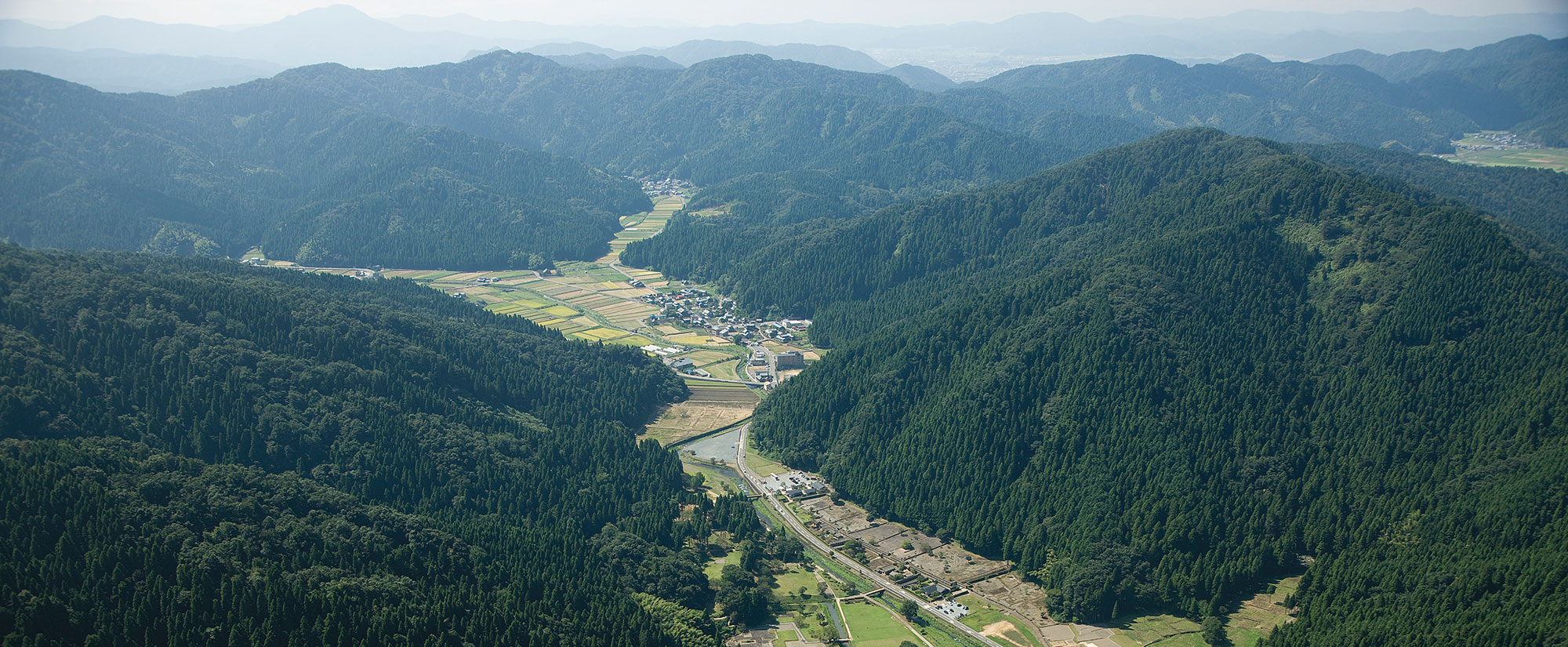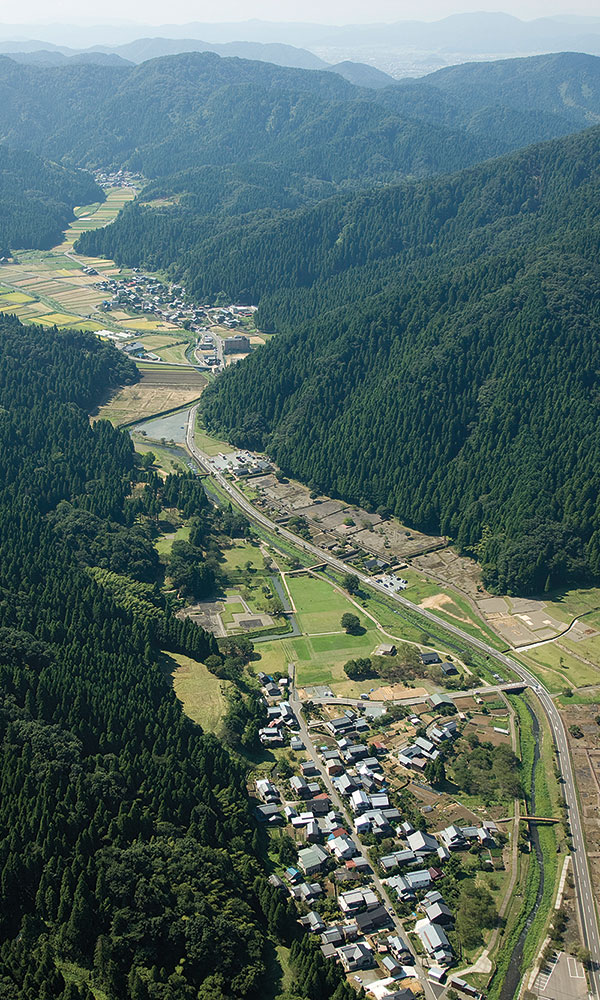HERCULANEUM, ITALY—The library of the so-called Villa of the Papyri in Herculaneum contained hundreds of ancient literary works when the Roman city was destroyed by Mount Vesuvius in a.d. 79. The eruption left the papyrus scrolls in charred carbonized bundles that archaeologists discovered in the eighteenth century. They have been much too delicate for experts to open, but recent technological advances are now allowing researchers to virtually unroll some of them. The Guardian reports that new X-ray scans of a scroll known as P.Herc.172, which currently resides in the collection of Oxford University’s Bodleian Libraries, were able to detect ink lettering for the first time that revealed the name of an ancient author and the title of the work. Researchers were able to make out the name Philodemus, a Greek Epicurean philosopher who lived in the first century b.c. The written text contained on the scroll seems to be part of his 10-volume work On Vices, which covers topics such as greed, arrogance, and flattery. This was an incredible breakthrough and the researchers believe many more such discoveries could come soon given advances in technology. “The pace is ramping up very quickly,” said papyrologist Michael McOsker. “All of the technological progress that’s been made on this has been in the last three to five years and on the timescales of classicists, that’s unbelievable. Everything we’re getting from the Herculaneum library is new to us.” For more, go to "The Charred Scrolls of Herculaneum."
X-Ray Scans Reveal Title and Author of Charred Herculaneum Scroll
News May 8, 2025

Recommended Articles
Digs & Discoveries July/August 2025
Legend of the Crystal Brain
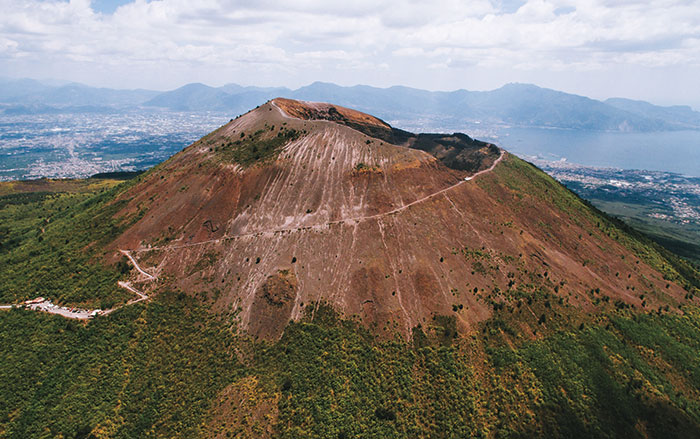
Features May/June 2024
Alexander the Great's Untold Story
Excavations in northern Greece are revealing the world that shaped the future king
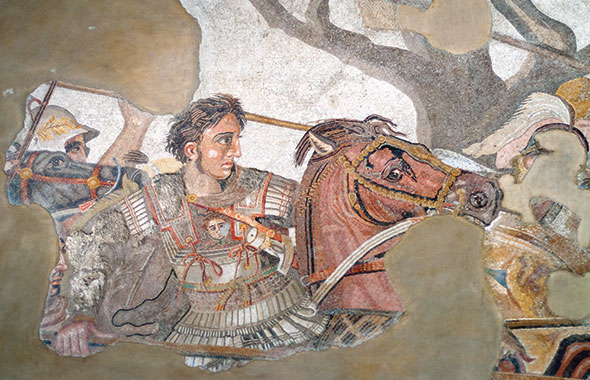
Letter from Vesuvius September/October 2023
Digging on the Dark Side of the Volcano
Survivors of the infamous disaster rebuilt their lives on the ashes of the a.d. 79 eruption
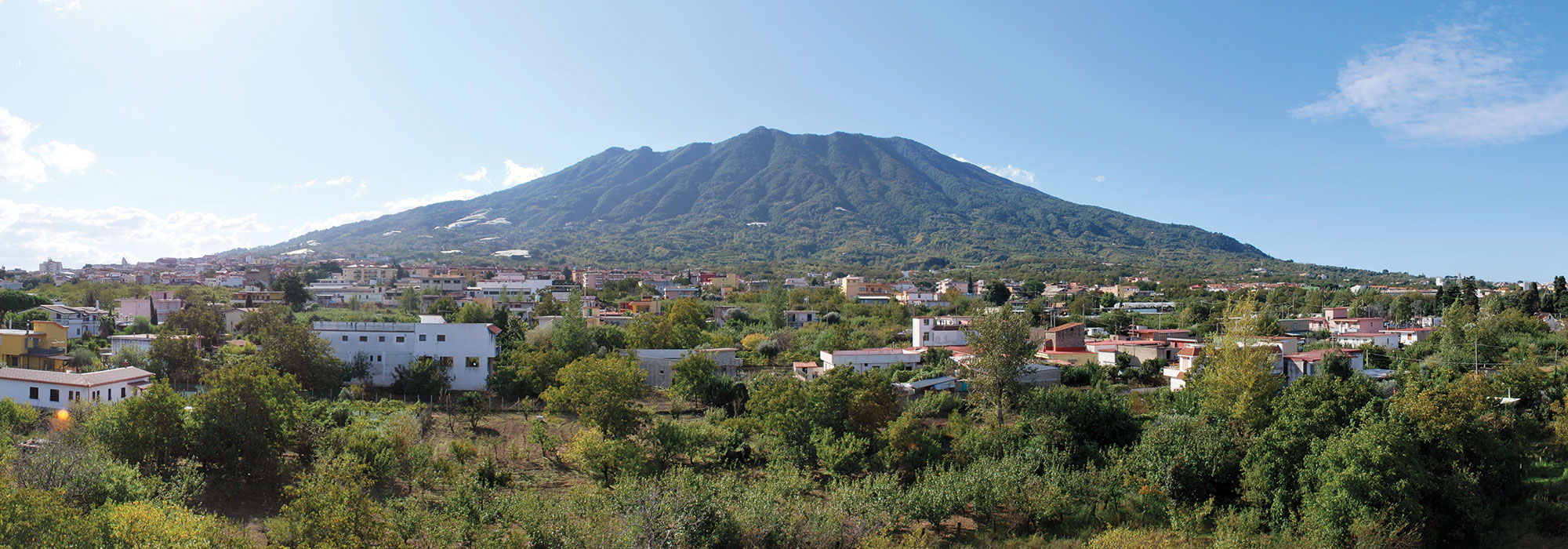
Digs & Discoveries November/December 2017
Putting on a New Face
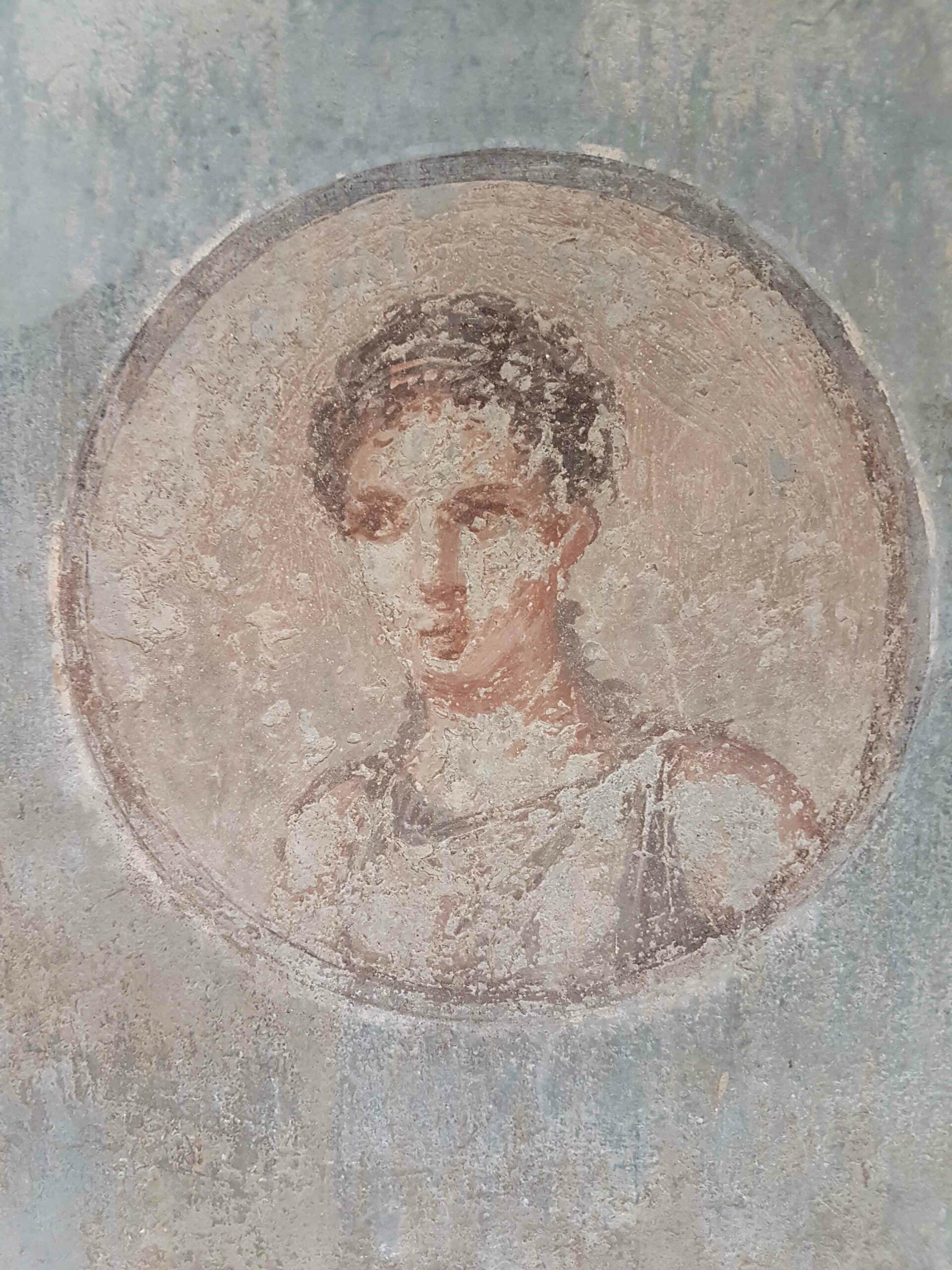
-
Features May/June 2025
A Passion for Fruit
Exploring the surprisingly rich archaeological record of berries, melons…and more
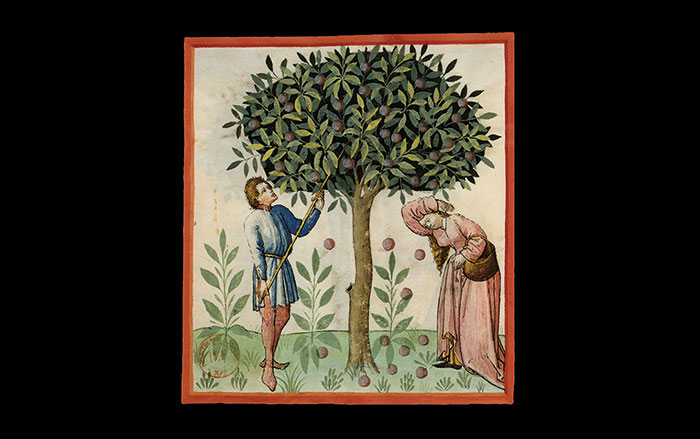 © BnF, Dist. RMN-Grand Palais/Art Resource, NY
© BnF, Dist. RMN-Grand Palais/Art Resource, NY -
Features May/June 2025
Goddess at the Crossroads
Why a city put its trust in a Greek deity feared throughout the Mediterranean world
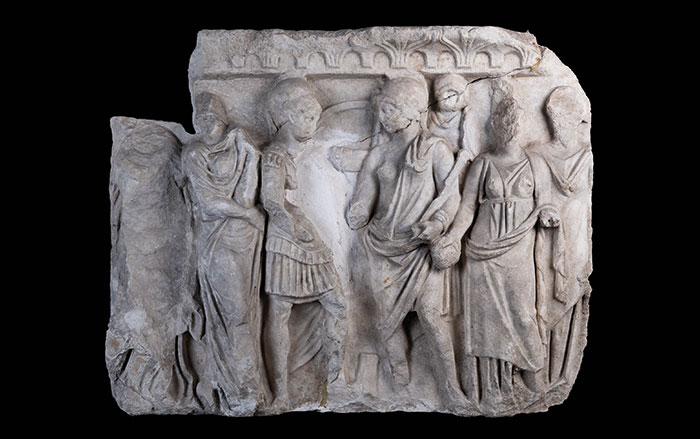 Istanbul Archaeology Museums
Istanbul Archaeology Museums -
Features May/June 2025
Desert Paradise Found
How a tiny, water-rich kingdom came to dominate vital trade routes in the Arabian Gulf 4,000 years ago
 Courtesy BACA/Moesgaard Museum
Courtesy BACA/Moesgaard Museum -
Features May/June 2025
Peru’s Timeless Threads
More than 1,000 years ago, master weavers kept the ancient traditions of the Moche culture alive
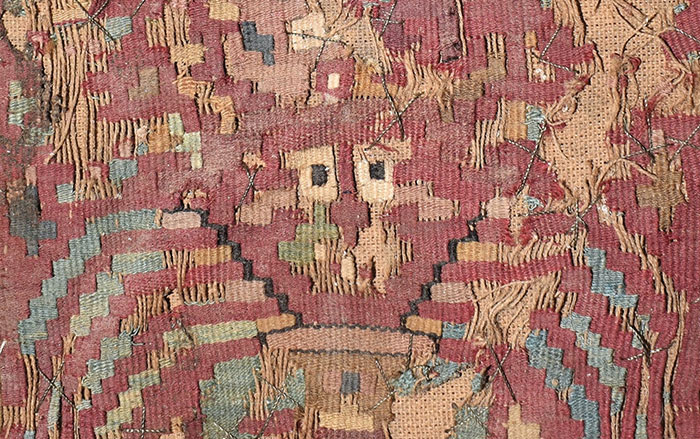 Jeffrey Quilter
Jeffrey Quilter


